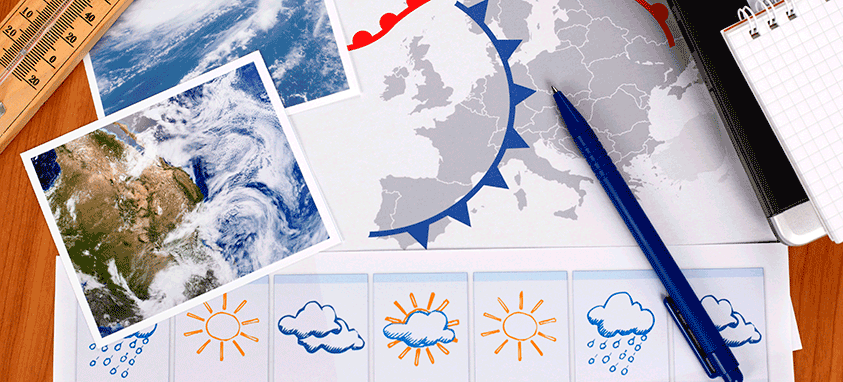Nothing can ruin a perfectly planned event faster than unexpected severe weather. Each year more than 100,000 thunderstorms occur in the United States, producing 25 million lightning flashes and killing an average of 51 people per year. It can strike as far as 10 to 25 miles from the storm that produces it—making it very challenging to know when your outdoor event is in danger.
Many event and meeting planners don’t think about severe weather impacting their event until it gets closer to the date. Then, many rely on their free app to predict weather. While it can predict rain, it may not predict lightning at all—or has delayed lightning detection, which can be worse than not having any at all since it can give a false sense of security. Advance warning can be the difference between getting people to safety before lightning hits your area, and putting lives in danger.
If your venue doesn’t provide a weather monitoring service, commercial weather services can step into the gap. Trained (degreed and certified) meteorologists can navigate uncertainty about constantly evolving weather patterns, providing 24/7 weather counsel and informing you of unfavorable weather conditions that can impact the event.
Levels of Service to Consider:
The size and budget of your event will dictate the resources appropriate for weather monitoring to determine when and if a meeting should be moved indoors or, worst case, evacuated.
- Meteorologist on-site during your event
- Meteorologist monitoring your event from an off-site location
- Online weather monitoring and alerting that you perform yourself with support from a meteorologist
If you evacuate the event, you’ll also have to determine when you can resume it in a normal and planned environment. Onsite Meteorologists can provide a professional opinion and guidance as to when it is safe to return to outdoor events. This takes the stress of decision-making off event staff so they can focus on other aspects. Experts can also provide backup documentation if the decision to evacuate is questioned afterward.
When there are economic pressure to keep an event running as long as possible, setting criteria such as wind speeds and lightning distances can take the subjectivity out of determining when to evacuate. Depending on the size of the crowd and the distance of nearby shelters, the allotted timeframe for an evacuation will fluctuate. This pre-planning process is intentional to eliminate making decisions under stress if severe weather strikes.
Planning and executing an event can be stressful. Oftentimes, uncontrollable variables, like weather, are an afterthought or left to chance. Having a professional meteorologist take the responsibility of weather conditions can ultimately lighten the burden and help tremendously in case of an emergency evacuation and severe weather conditions.
Jim Foerster is the Director of the Meteorology Operations team at DTN, where he oversees a talented group of more than 50 meteorologists providing weather forecasts and consultation to businesses making critical decisions around safety or operations. Jim and his team are tasked with bringing decision-support tools focused around critical weather decisions to DTN customers, and engage with the market frequently to ensure this process is ongoing. Jim is one of four Certified Consulting Meteorologists with DTN, one of the most prestigious peer-awarded certifications available in the weather industry.




